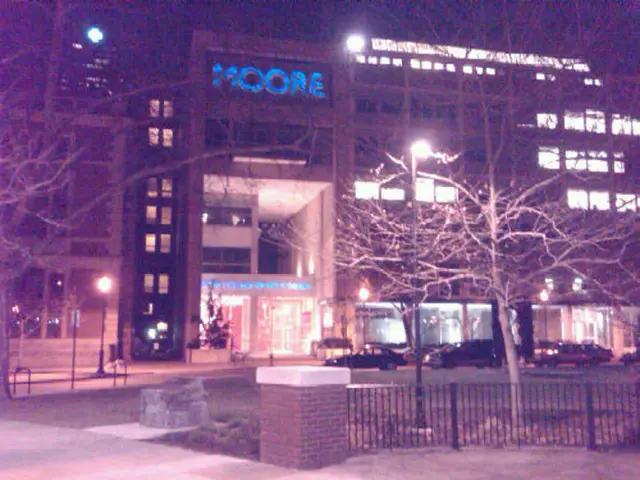Trimming Tomatoes: A Step-by-Step Guide
Cordon Tomatoes: Pruning Techniques for Maximizing Growth and Yield
Cordon, or indeterminate, tomatoes are tall, single-stemmed plants that require regular pruning to promote fruiting and maintain good airflow between plants. In contrast, determinate tomatoes, such as trailing or bush varieties, do not require such extensive pruning.
The Importance of Pruning Indeterminate Tomato PlantsIndeterminate varieties are known for their vigorous growth, often reaching up to ten feet in height when unmanaged. Without pruning, these plants become tangled masses of stems, producing fewer fruits while being more susceptible to diseases and other issues.
Pruning, also known as sideshooting, helps channel the plant's energy into developing fruit-bearing clusters on the main stem. This encourages heavier fruiting of larger, high-quality tomatoes. Furthermore, pruning allows sunlight and air to penetrate the plant, aiding fruit ripening and discouraging diseases.
When and How to Prune Tomato PlantsSideshoots may be easily identified as new growth on the main stem, appearing just above the joint between the leaf and stem. Pruning should begin as soon as these shoots appear, typically starting in the early days of the growing season. Use your fingers and thumb to remove the sideshoots, doing so regularly, once or twice per week, through the flowering and fruiting period.
The required tools for pruning include sharp snips or secateurs. If sideshoots are spotted early in their growth, they can be removed by hand. However, if left to mature or noticed too late, the use of snips or secateurs may be necessary. Secateurs should be disinfected between pruning each plant to prevent the spread of diseases.
Pruning should be complemented by training the main stem to grow upright by winding it around a support structure, such as string or canes. For tomato plants growing on rigid supports like trellises, securing with twine may be necessary. The same practices apply to plants in pots or grown in the ground.
As your tomato plant matures, prune away yellowing or dead leaves where they join the main stem, especially the leaves closest to the ground which tend to yellow first. Remove dense foliage that overshadows fruit trusses, allowing sunlight to reach and ripen the tomatoes. Additionally, remove the growing tip once the plant reaches the top of its support, or after a certain number of fruit clusters have formed, depending on whether the plants are growing outdoors or under cover.
Avoid unnecessary pruning when the foliage is wet to minimize the risk of spreading diseases such as tomato blight. If desired, wear thin gloves during pruning to avoid staining hands and strong tomato odors.
Things to Keep in Mind When Pruning Tomatoes
- Avoid pruning when the foliage is wet.
- Use clean tools and disinfect them between pruning each plant.
- Regularly prune throughout the flowering and fruiting period.
- Support the plant with staking, trellising, or another suitable structure.
Maintaining a cordon tomato plant's lifestyle requires regular pruning to encourage fruiting and aerate the plant. Proper pruning techniques, such as sideshooting, channel the plant's energy into developing fruit-bearing clusters on the main stem, thereby improving the quality and quantity of tomatoes produced, while also reducing the risk of diseases.







